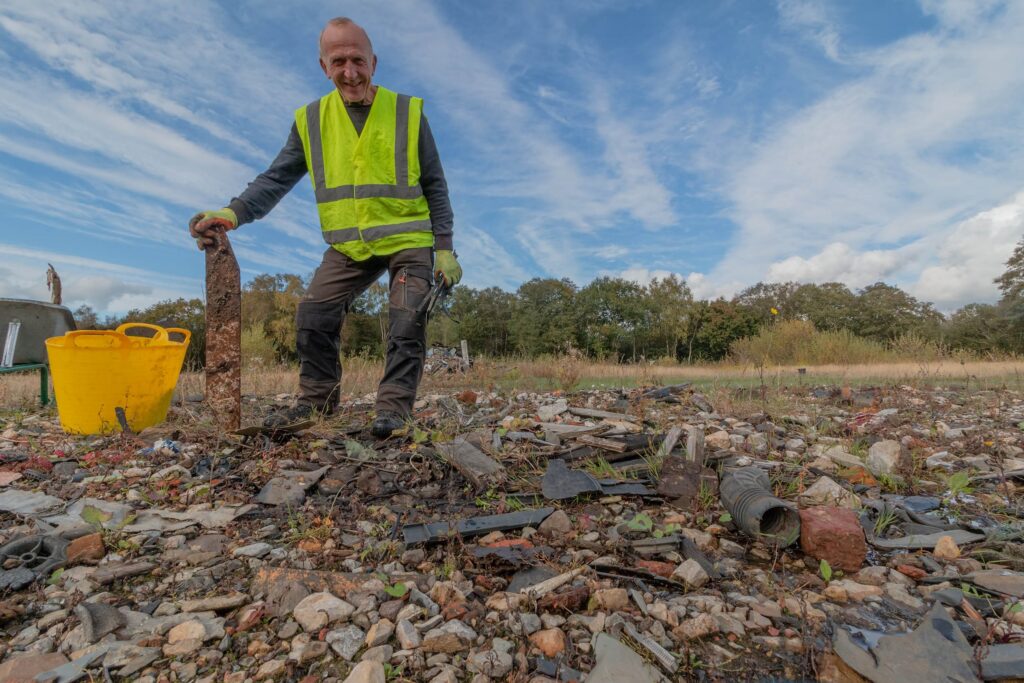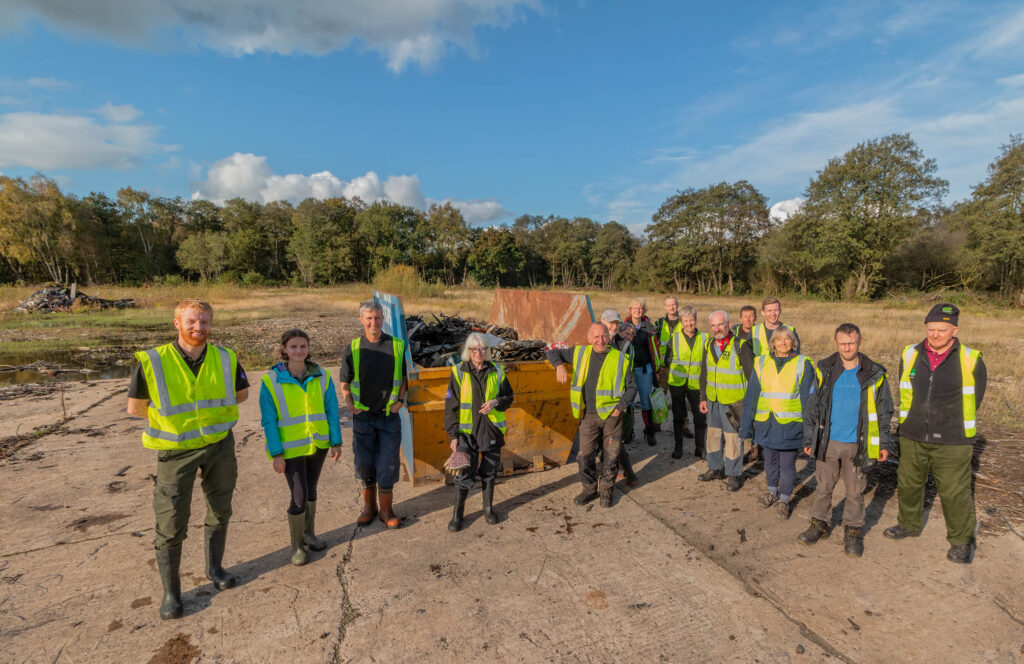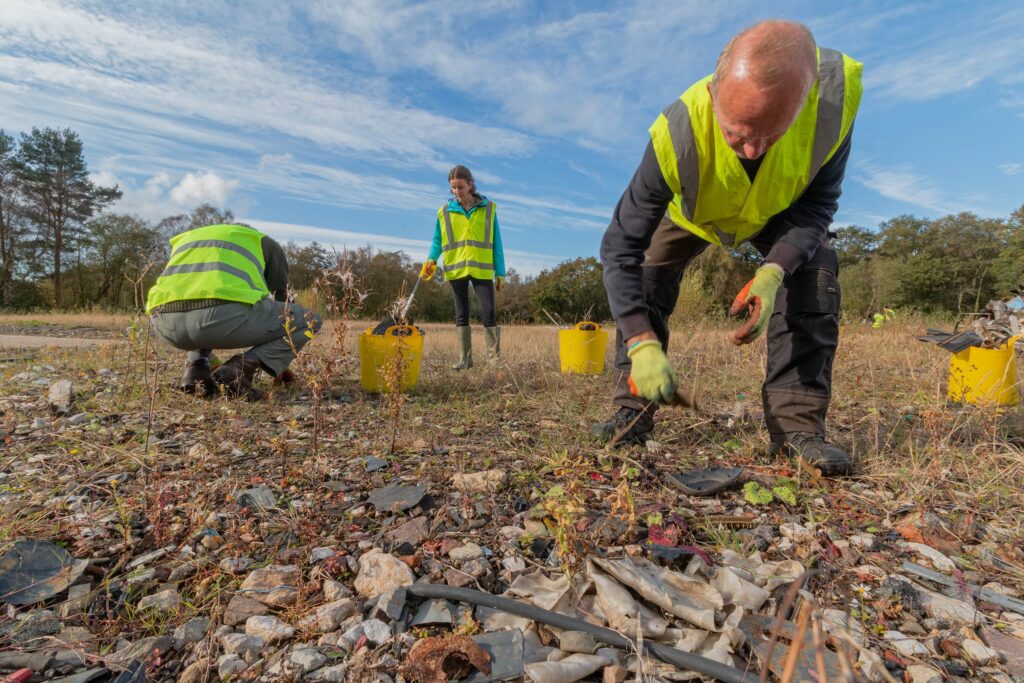Countryfile Revisits the Former Scrapyard on the Mosses
March 8, 2022
If you watched Countryfile on Sunday 27 February, you saw a quick update on the former scrapyard on the Mosses. We’d like to fill you in on the work that’s been done since Countryfile visited in 2016.
As you saw on the broadcast, the six acre scrapyard operated on the edge of Whixall Moss for about 50 years. Sitting on deep peat that was historically part of the Mosses, it posed a high pollution risk to the bog from oil and other contaminants. It also constrained the restoration of the adjoining, very sensitive bog habitat.
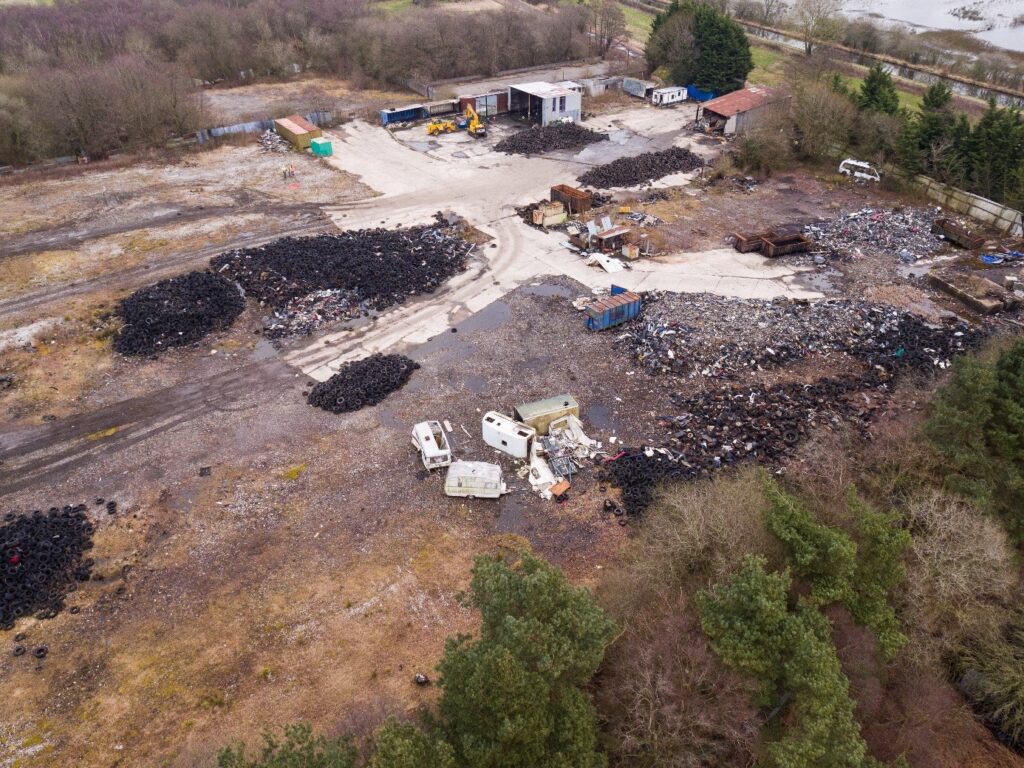
One of the aims of the BogLIFE peatland restoration project was to return the site and surrounding area to nature by cleaning up the scrapyard, dealing with the risky ground pollution and exploring the potential to create a new visitor centre for the people coming to see the adjoining restored National Nature Reserve.
Shropshire Wildlife Trust, as part of the BogLIFE Project, stepped in and bought the scrapyard in 2016 after a fund-raising appeal. A remediation plan was agreed with the Council and Environment Agency and work began.
As the Countryfile team reminded us, BogLIFE and Shropshire Wildlife Trust staff and volunteers, with LIFE, Heritage Lottery Fund and other support, removed over 700 tonnes of vehicles, 70,000 tyres and other materials from the scrapyard site, in order to clear the site and stop the damage to the peat.
The original Countryfile story mentioned plans for a visitor centre; these were altered during the feasibility study stage. Instead, visitor facilities such as the new bird hide on Sinker’s Fields and the Mammoth Viewing Tower on the edge of Whixall Moss have been installed for visitors to the Mosses to enjoy.
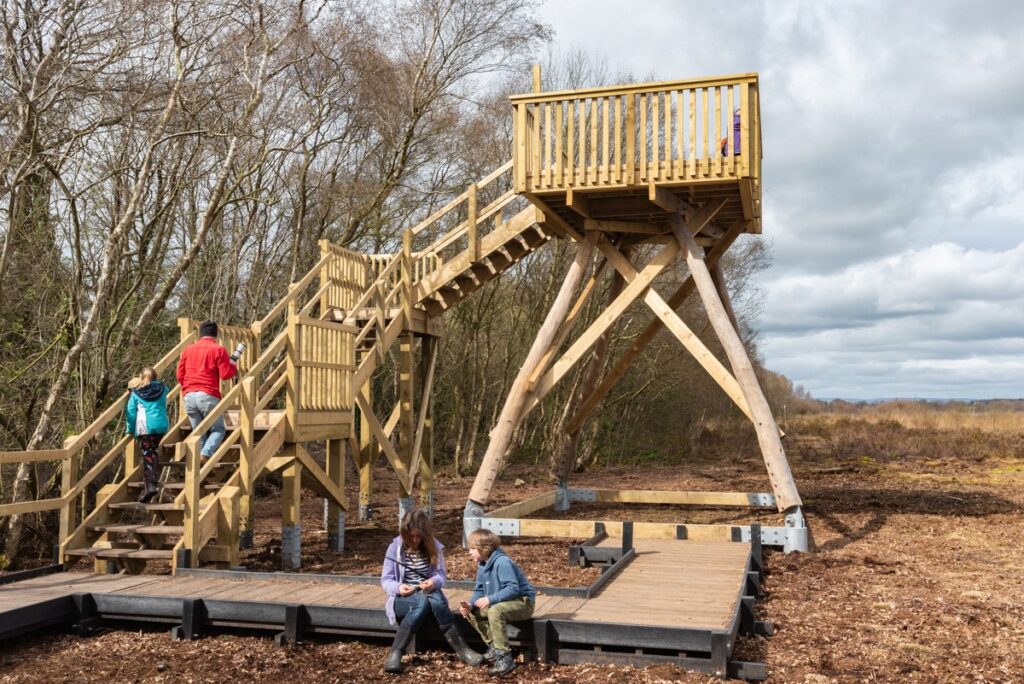
Mammoth Tower Credit: Paul Harris 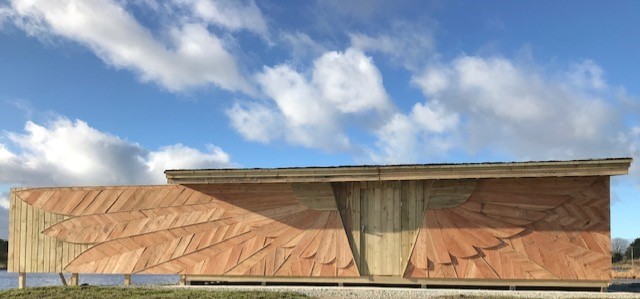
Sinker’s Fields hide
In October 2019, a group of volunteers did a huge amount of work to finish the clearance of the scrapyard site. Working over several days, they filled a giant skip with over a tonne of scrap metal.
Shortly after that, a specialist contractor began work to cap the non-concrete polluted areas with a natural cover material that would create the conditions for a bog edge habitat. They scraped grass turf that was covering peat on nearby eight-acre land and used that to cover the contaminated areas. Work stopped during the pandemic but was completed in February 2022. Following specialist remediation advice and because of the very high expense involved, the concrete areas will remain in place to avoid the risk of inadvertently releasing settled pollution.
The space looks bare right now, but should green up soon from residual seed contained in the turf. Over the course of the next year, grasses and sedges should cover the area and, over time, provide an increasingly attractive home for a variety of wildlife.
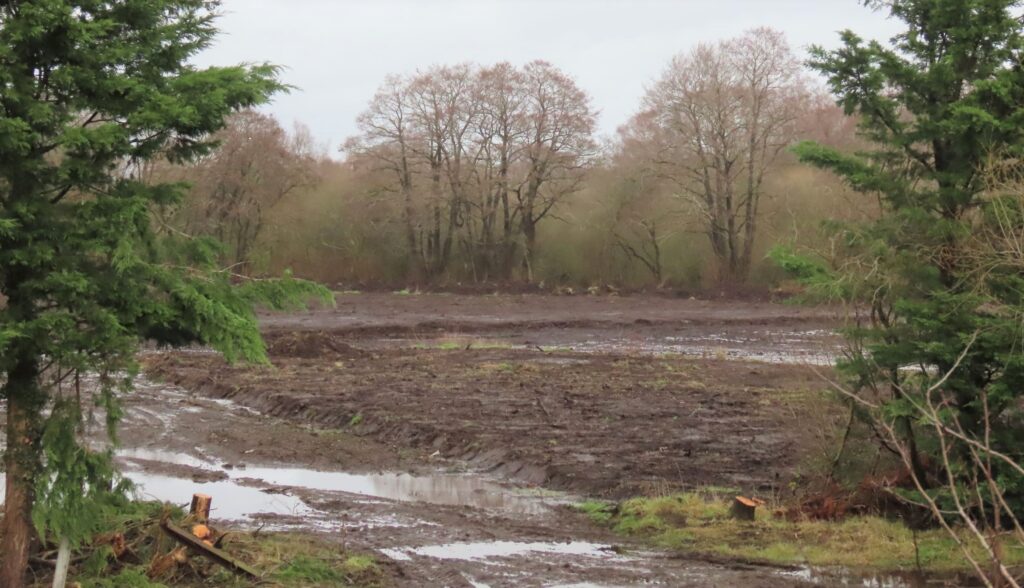
It’s over to mother nature now – we expect that the ex-scrapyard will quickly and naturally develop, adding to the diversity of this area as well as helping to protect the adjoining Mosses. Recently a barn owl has been seen quartering over the area, an indication that wildlife is already returning and taking hold.

You can help us to track progress of this new habitat: when you’re out for a walk on the Mosses, stop by the former scrapyard, take photos of the birds, plants and other wildlife that you see around this area of the Mosses and post them on our Twitter site: @meresandmosses. Together we can watch the transformation of this site from a highly polluted area to a wet woodland.


